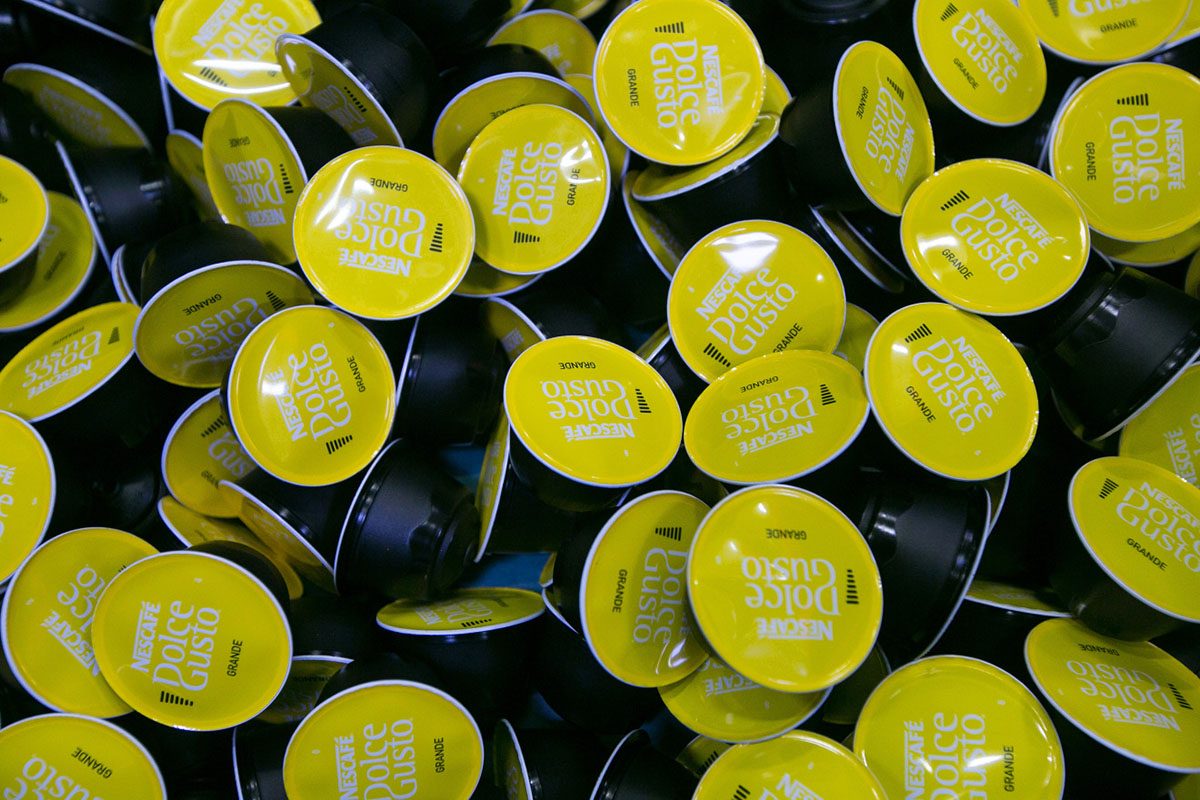Nestle SA is losing buzz to an Indonesian coffee brand famous for brewing civet-cat feces, and L’Oreal SA is losing face to a Chinese skincare brand favored by President Xi Jinping’s wife.
Asia traditionally was considered easy money for Western multinationals, with beverage makers, cigarette brands and fast-food giants capitalising on rising incomes and weak local competitors. A survey by China Market Research Group in 2011 showed 85 percent of Chinese consumers preferring foreign brands.
Those days are over. That preference dropped by half last year, and it goes beyond China: brands of Indian toothpaste, Vietnamese laundry detergent and Japanese flavored water are picking up market share with lower prices and by catering to local tastes. Rising stars such as Indonesia’s Luwak instant coffee and China’s Pechoin moisturisers spell trouble for global titans at a time when Asia-Pacific’s economic growth is projected to outpace the world’s through 2019.
“Multinationals underestimated local competition,” said Shaun Rein, managing director for China Market Research Group. “Local players have moved very fast on emerging trends that multinationals have missed, like healthy and e-commerce.”
As coffee becomes more popular in tea-loving Asia, capturing that demand is crucial. Instant coffee by Indonesia’s PT Javaprima Abadi – better known for selling beans excreted by civet cats – more than doubled its market share across Asia-Pacific between 2012 and 2016 while Nestle’s Nescafe stagnated, according to research firm Euromonitor.
In Indonesia’s1.3 billion dollar instant-coffee market, the disparity is more pronounced. During that period, Javaprima gained about 12 percentage points for a 33 percent share, while Nestle lost 1.4 percentage points to 16 percent. Nestle declined to comment on the Indonesian market.
Javaprima is capitalising on local trends, such as demand by women and new coffee drinkers for a smooth and creamy brew, director Agus Susanto said.
“I like the taste of Luwak better than Nescafe, which isn’t as flavorful,” said Dian Octora, 36, a homemaker in Bandung, West Java. “Nescafe also makes my heart beat much faster.”
Then there’s the price. A 650-gram (23-ounce) pack of Nescafe White Coffee sells for about 64,000 rupiah (4.73 dollars) on Indonesia’s Tokopedia e-commerce site, while 620 grams of Luwak’s White Koffie are 21,500 rupiah.
“Local players have improved product quality and packaging, and have picked up on local digital tools a lot faster,” said Regan Leggett, an executive director at Nielsen. A Nielsen study to be released Tuesday said local brands in Asia and Latin America outsell global brands.
Nestle’s revenue from Asia, Oceania and Africa fell 23 percent between 2012 and 2016 to 14.5 billion francs (14.7 billion dollars). To capture more Asian consumers, the company introduced ready-to-drink cold coffees in the region, opened branded cafes at Chinese universities and formulated a Cafe Viet lineup.
“Coffee is getting more popular in Asia, and consumers are asking for more choice,” said Wan Ling Martello, who runs Nestle’s Asia, Oceania and Africa region. “That opens the door for more competition, and we welcome that.”
Nestle’s not the only global brand that’s starting to smell the coffee. In a Chinese skincare market that’s set to grow 25 percent to 34 billion dollars in sales by 2021, the up-and-comer is a domestic maker of creams and whiteners gifted by China’s first lady, Peng Liyuan, during a visit to Tanzania in 2013.
Pechoin, owned by closely held Shanghai Pehchaolin Daily Chemical Co., saw its market share jump fivefold between 2012 and 2016, according to Euromonitor. The parent company had revenue of about 1 billion dollars in 2016.
Pechoin didn’t respond to multiple phone calls and emails seeking comment.
The newfound popularity came partly at the expense of the L’Oreal Paris label, which lost more than a fifth of its market share in the same period. Pechoin, founded in 1931, focuses on herbal products and claims to be one of China’s first cosmetics brands.
It uses Asian pop singers Jay Chou and Karen Mok as brand ambassadors, and it sponsored the movie “Eternal Love” based on a popular Chinese TV series.
On the WeChat messaging app, Pechoin ran a marketing campaign featuring a woman hiding a gun in her traditional qipao dress as she strolled through the Shanghai of the early 1900s, chronicling the city’s history.
That walk ends with her shooting a dark-clad figure surrounded by melting clocks because “my mission is to fight against time.” She then introduces Pechoin’s skincare products.
“Culture is the deep moat of the brand,” Yaoyang Miao, Pechoin’s general manager, told Wuhan-based Cosmetic Observer magazine in June. “We want to make products that focus on Chinese people.”
To be sure, Asia remains a significant growth area for Western brands. The Nescafe Dolce Gusto’s portioned-coffee system is popular in Japan and South Korea, and it’s gaining a bigger following in Southeast Asia, Martello said.
L’Oreal remains the No. 1 beauty group in China, and the nation’s increasing demand for luxury cosmetics bodes well for its premium positioning, the company said.
Paris-based L’Oreal also has boosted efforts to tailor products for Asia. In 2014, it bought Magic, a Chinese brand known for skincare masks, a popular local beauty ritual. The company also introduced a liquid foundation that uses a cushion applicator popularised in South Korea, and it’s competing with Amorepacific Corp. for the Muslim cosmetics business in Southeast Asia.
Still, local is best to some. Qing Liu, a 47-year-old engineer in Zhengzhou, said she’s been using Pechoin for more than a decade because she trusts the brand’s ingredients.
“Pechoin is cheaper and safer than other brands,” she said. “I don’t know what kind of things have been added to the global brands’ products, so I’m not sure whether it’s good or safe for my skin.” – Bloomberg
Recommended stories:
